Genome-scale metabolic models (GEMs) are relatively new tools for studying the metabolic changes associated with many diseases. GEMs are reconstructions of the metabolic networks of cells, sometimes able to represent an organism’s whole body.
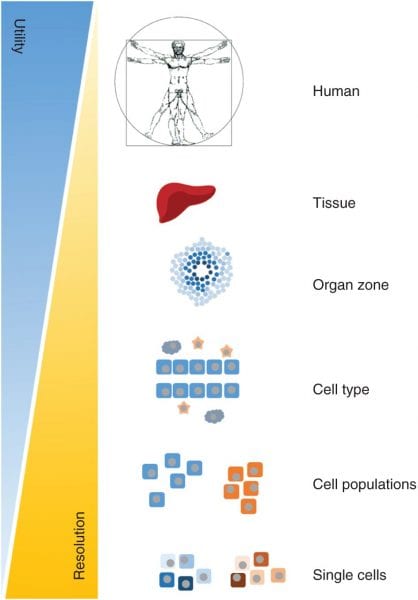

Genome-scale metabolic models (GEMs) are relatively new tools for studying the metabolic changes associated with many diseases. GEMs are reconstructions of the metabolic networks of cells, sometimes able to represent an organism’s whole body.
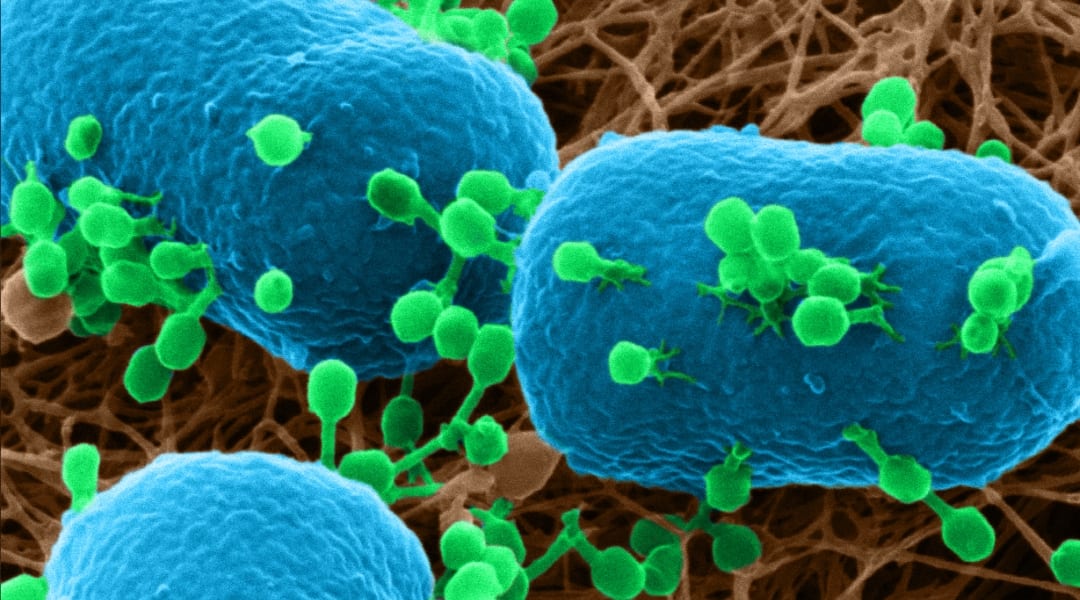
In their article published in Advanced Biosystems, Miika Leppänen et al. employ helium ion microscopy to visualize the interaction between phages and bacteria.

This month’s Advanced Engineering Materials covers and top papers.

A special structure for storing energy known as a supercapacitor has been constructed in a plant for the first time.
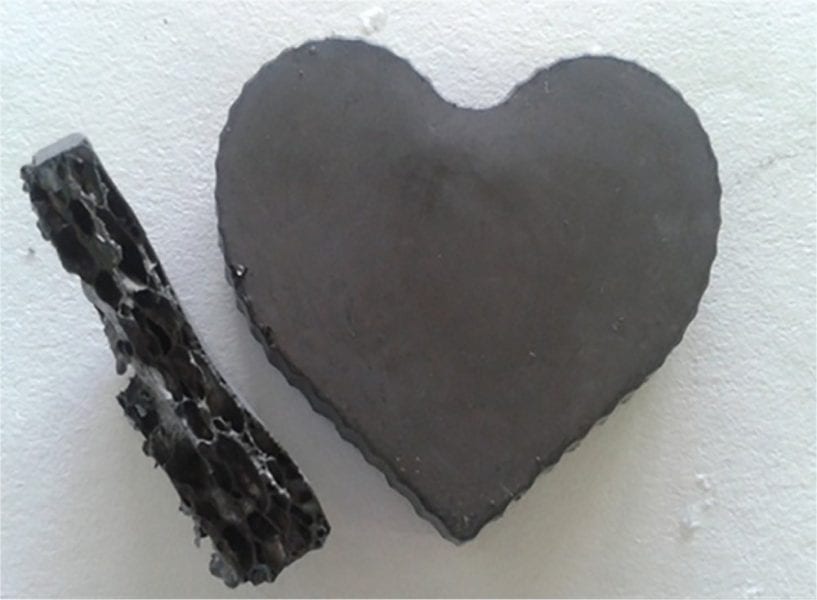
This special section covers the latest advances regarding the alloy development, phase transformation, processing, characterization and applications of titanium alloys.
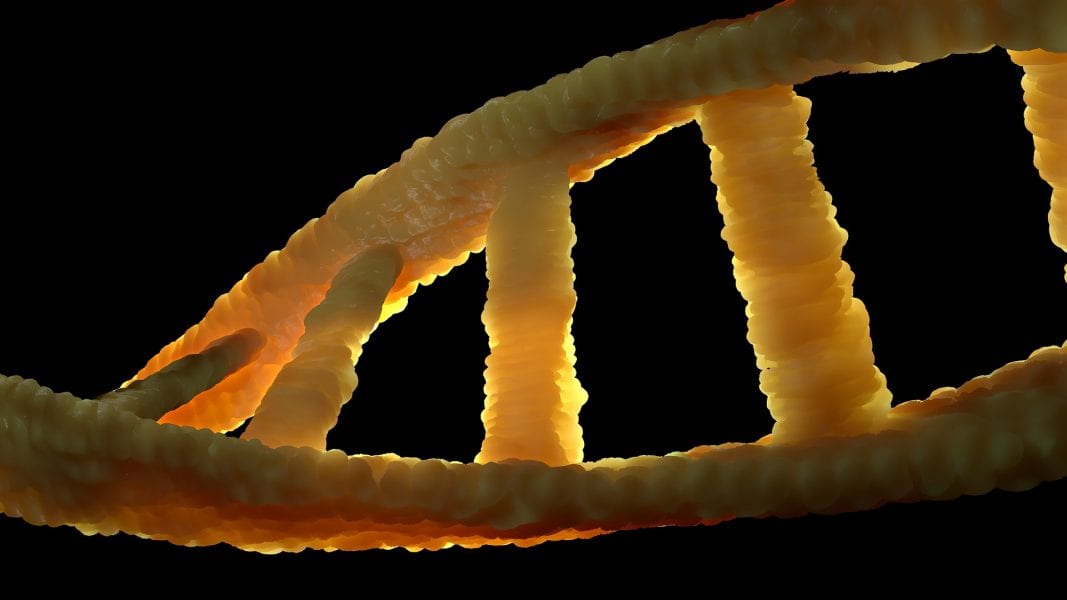
Review by Kubyshkin and Budisa in Biotechnology Journal explores the why and the how.
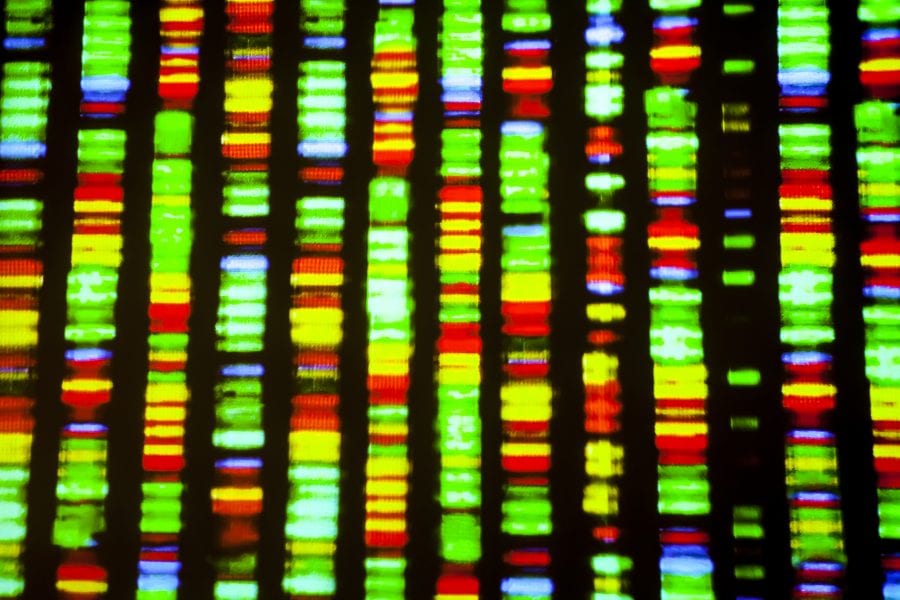
In a recent WIREs RNA review, researchers discuss the recent explosion of data in the field of post-transcriptional regulation in the model plant Arabidopsis thaliana. (Image credit: Gio.tto/Shutterstock)
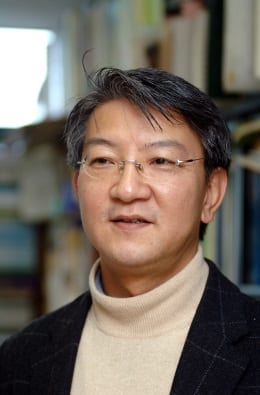
Distinguished Professor Sang Yup Lee of the Department of Chemical and Biomolecular Engineering, Korea Advanced Institute of Science and Technology (KAIST) was elected as a foreign associate to the US National Academy of Sciences (NAS) on May 2nd.

Gold nanoparticle assembly gets a little help from its friends: functionalised gold forms microscale structures via a guided silver aggregation strategy.
In a focus article recently published within WIREs Climate Change, Clingerman and O’Brien analyze these two very different ways of framing the moral problem of climate change, proposing that each leads to different outcomes for climate ethics and policy.